Part visual anthropologist, part optics investigator, Matt Kayhoe Brett’s artistic practice can be seen to reside in the past, present and future simultaneously. From collecting and arranging mundane artifacts found in the studio or outdoors to working with industrial grade materials, Brett’s ongoing examinations suggest visceral digestion and application of how we see and attempt to understand the world in which we live. This week the COMP Magazine ran down to Back-of-the-Yards to discuss with Brett his early experiences with the visual arts, the shift in his aesthetic investigations, his recent exhibitions at Slow and Heaven Gallery, and upcoming plans for 2019.
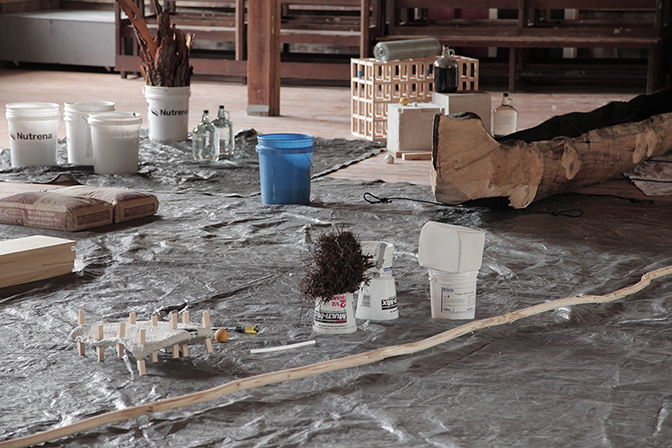
clay, ginger ale, glass, gypsum, metals, plastics, water, wood, Maine, 2014
You’ve been living in Chicago since arriving to study in the MFA program at UIC. Prior to arrival you grew up in the southeast and studied at Virginia Commonwealth University. Can we start with discussing your early encounters with the visual arts? Are there any experiences or people that you see having an impact on your present pursuits as an artist?
There weren’t any “big-A” artists in my family, but everyone was creative. I remember making long, narrative drawings with my dad on the continuous perforated printer paper he had from work. When my mom went back to school she would sometimes take me with her and I would draw the buildings I saw on campus. I felt pretty great when my elementary school teacher put one of those drawings up on a cabinet by his desk.
The art room was my refuge all through school. I would spend any elective or free period in there. I felt supported by my teachers and liked the other students I met. In high school I went on field trips with the art club to museums in DC and New York. We were given a crazy amount of autonomy, no cell phones, just instructions to not lose our friends and meet back at a set place and time. Those trips were really formative for me.
I applied to VCU with a portfolio of drawings and paintings, which was pretty much what I had the means to make as a teen, and intended to major in painting. I also enjoyed making objects, my granddad had been an engineer and we built different projects together, but I had no idea that sculpture could be anything other than chipping limestone. When I learned about the range of contemporary sculpture, that it could really be any media, any form, it seemed so exciting that I switched my plan. My interest in painting never really went away though, my recent work is some of that bubbling up.
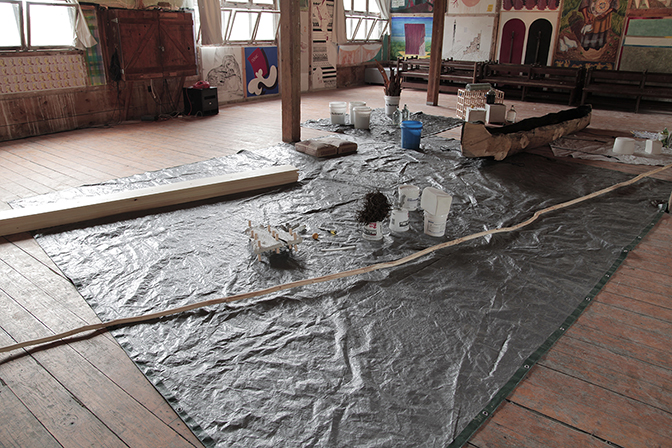
clay, ginger ale, glass, gypsum, metals, plastics, water, wood, Maine, 2014
We initially met at Cardinal Cross in 2014. This was a collaborative exhibition with artists Paul Erschen, Scott Lyne, and Meg Noe held in an industrial warehouse down in Back-of-the-Yards. Your work has transformed a great deal over the past 5 years in terms of ideas and production. I’m wondering if you can discuss this trajectory in terms of conceptual approach and materials used?
I’m amazed that was five years ago. I was finishing up at UIC and had been reading and trying to read OOO and Speculative Realism texts. Honestly, my head was swimming. What led me to that corner of theory was my sense of the understated role material played in culture. I had a materially driven art practice and was seeing other artists race to the digital and the immaterial. I needed a way to frame the obvious importance of stuff without being a table thumping oaf.
One of the snags I encountered was that making objective art makes no sense. I gradually began to doubt my stated intentions, noticing more and more of my own experience in the artworks I made. Even while I was making installations about the carbon cycle or moires between forms and their substance I was also angling for poetic resonance which was necessarily subjective.
The work I’ve shown over the past year is the result of a left turn I made to try and shake some of those issues off. I decided to focus on vision as an interface, as a weird phenomena, and as a subjective experience. I selected basic materials to try and prevent substance from getting ahead of form. Wire mesh and tempera paint turned out to be the best combination as it let me achieve crisp, graphic lines in space. After that it was an iterative, experimental process that was really rewarding.
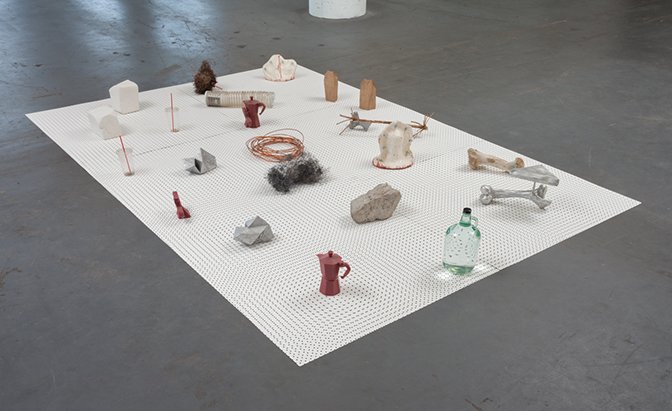
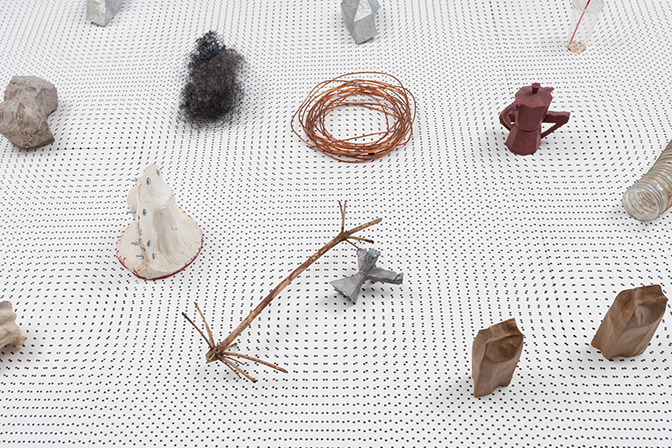
Earlier this year at Slow Gallery, here in Chicago, you and Boris Ostrerov produced the exhibition Calculus, a study of limits. At core, from my perspective, this appeared to be an investigation into the intersection of ideas about formula, systems, and limits as applied to the artmaking process. Can you walk us through your approach to this project? Were these ideas something you considered prior to this exhibit?
Paul Hopkin saw a connection between what Boris and I were making and reached out to me about doing a show. I contributed work to a group show at Slow in 2016, was in a two person show there in 2014, and was happy to work with him and Jeffrey again.
Boris and I were both making works that inverted our genres; paintings that were objects and sculptures that were pictures. In addition to that switcharoo we were both working with post-minimalist ideas; non-representational forms, procedural studio work, but with a non-industrial, human irregularity. I saw the tension between those elements as the organizing principle in that show.
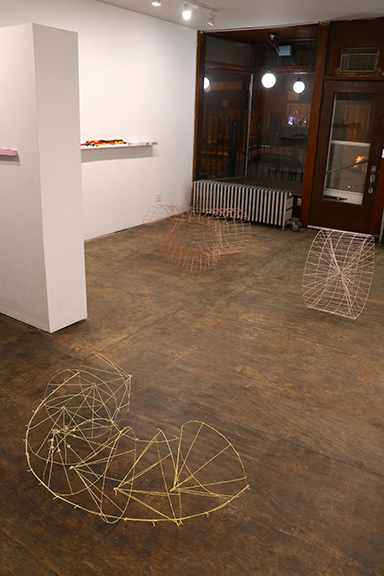
Installation view: Calculus a study of limits , Sieves or Parasols, Water Wheel, Chocolate Grinder, tempera on steel wire,
Slow, Chicago, 2019
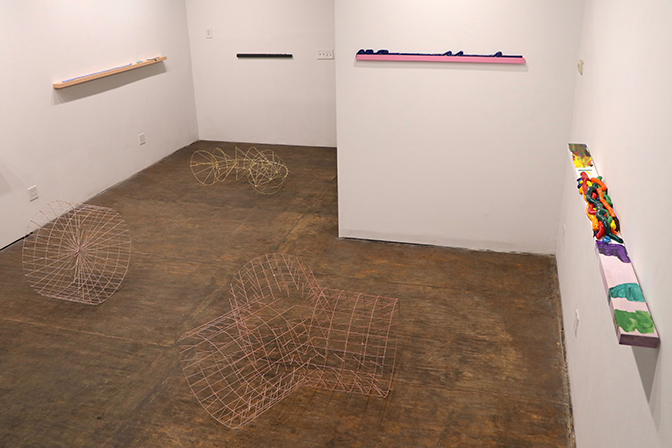
In considering your practice I’m interested in your selection of materials. Much of the recent work appears to have been produced using industrial grade construction materials. Often difficult to work with the sculptural works appear delicate and malleable. Can you discuss your selection process as it relates to the content you are working upon?
The built environment and connections between language and technology are fascinating to me. I gravitate to industrial or base materials because they feel less prescriptive. Consumer art supplies or other use-defined materials are limiting. They require more work to “break” into novel uses and are often still recognizable in the end. Unless the material is conceptually significant to the work I want it to be transformed beyond easy recognition.
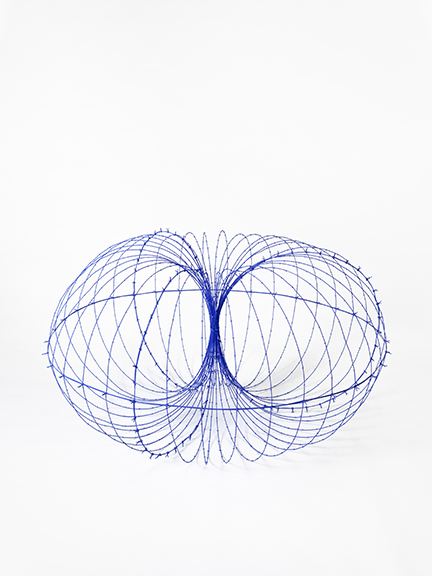
Chicago, 2018
In addition to holding a healthy studio practice you teach and work in other arts related positions. For instance, as an educator I consider fresh perspectives introduced by my students and I see myself regularly introducing recurring ideas and technical approaches. I’m curious if you see these activities having any impact on your professional practice?
I am in my studio as often as possible and outside of that I am an adjunct lecturer for Wilbur Wright College and also work as a freelance art handler around the city. Both of my jobs influence my practice in different ways. Teaching intro art courses has given me a new perspective. My students have such unique and varied experiences, I feel like I am there to learn from them as much as I am there to get them excited about visual art. Freelance art handling is a gig, but it is also a way for me to learn about organizations and to have access to artwork I otherwise wouldn’t have. I enjoy working in museum storage spaces, its a special backstage perspective.
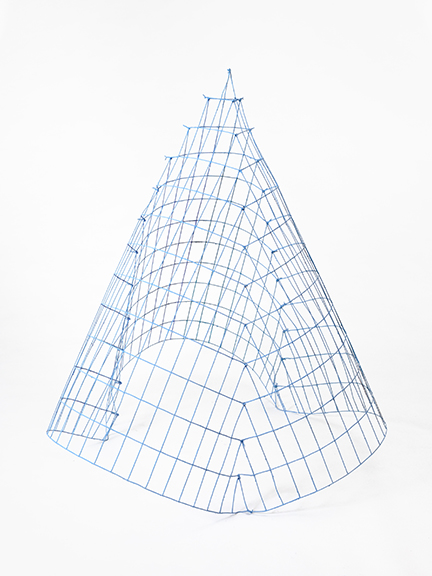
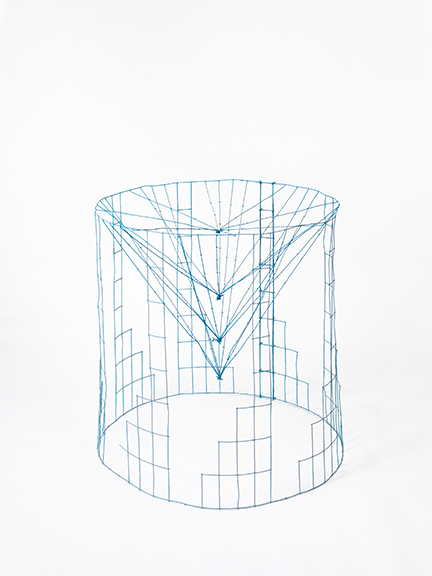
Chicago, 2018
What do you value most in your aesthetic practice?
I value invention the most in my practice, like, the moment when something clicks and I can see a potential work in my minds eye or when through material accident an opportunity appears. It always feels like magic.
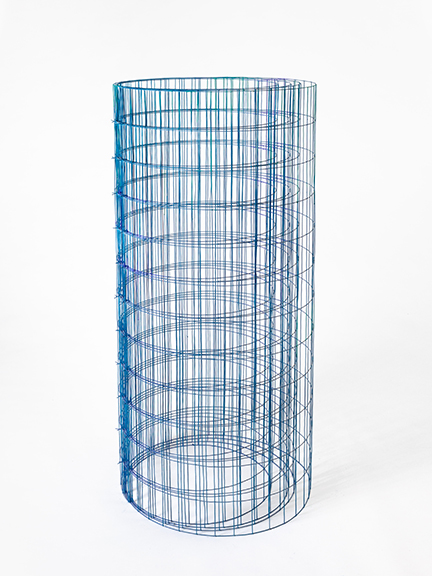
Chicago, 2018
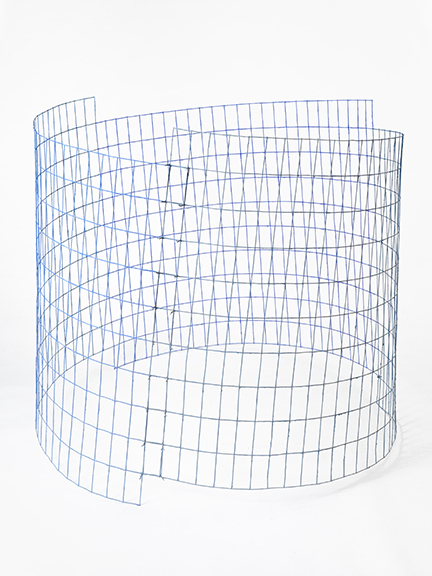
Chicago, 2018
What’s the plan for the remainder of 2019? Do you have any upcoming exhibitions? Plans for summer? New investigations or projects in the works?
The 2018/19 season was busy for me. I feel lucky to have been able to get almost all of my work out into the public. S/O to Elizabeth Lalley, Paal Williams, and Paul Hopkin. There is still one piece on display through July at Compound Yellow in Oak Park. I’m very excited about this summer, I’ll be working during the days and developing a new project at my studio in the evenings. I don’t want to give too much away, I’m still doing material tests, but it should all come together by the end of summer.
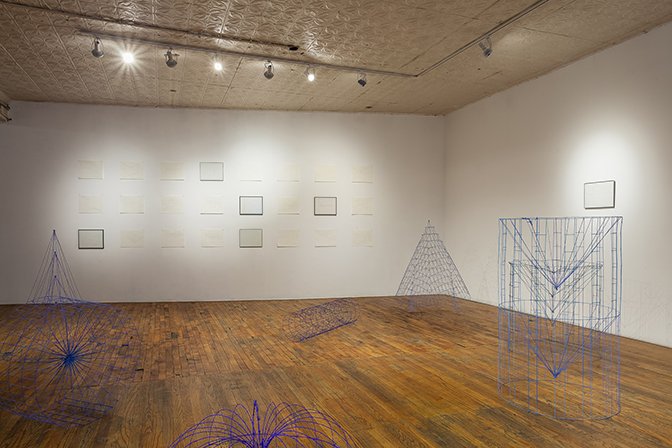
Heaven Gallery, Chicago, 2018
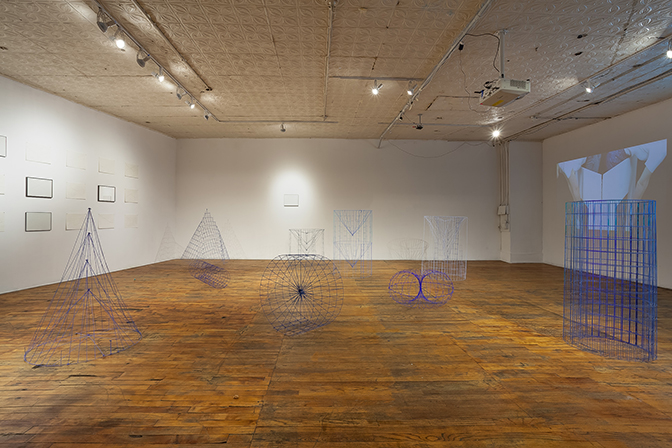
Heaven Gallery, Chicago, 2018
For additional information on the aesthetic practice of Matt Kayhoe Brett, please visit:
Matt Kayhoe Brett: https://www.mattkayhoebrett.com
Slow: https://www.paul-is-slow.info/blog/tag/Matt+Kayhoe+Brett
Granite City Art & Design District: http://www.gcadd.org/show-archive
Heaven Gallery: http://www.heavengallery.com/work/not-scale
Silver Space STL: https://silverspacestl.com/grid-is-life/
Chicago Artist Writers: https://chicagoartistwriters.com/not-to-scale-at-heaven-gallery/
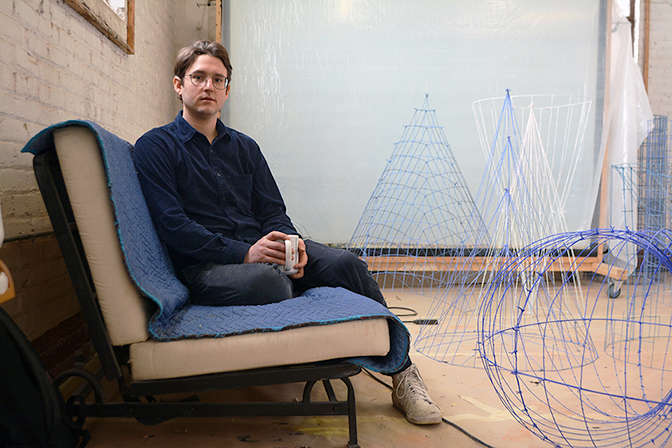
Artist interview and portrait by Chester Alamo-Costello


